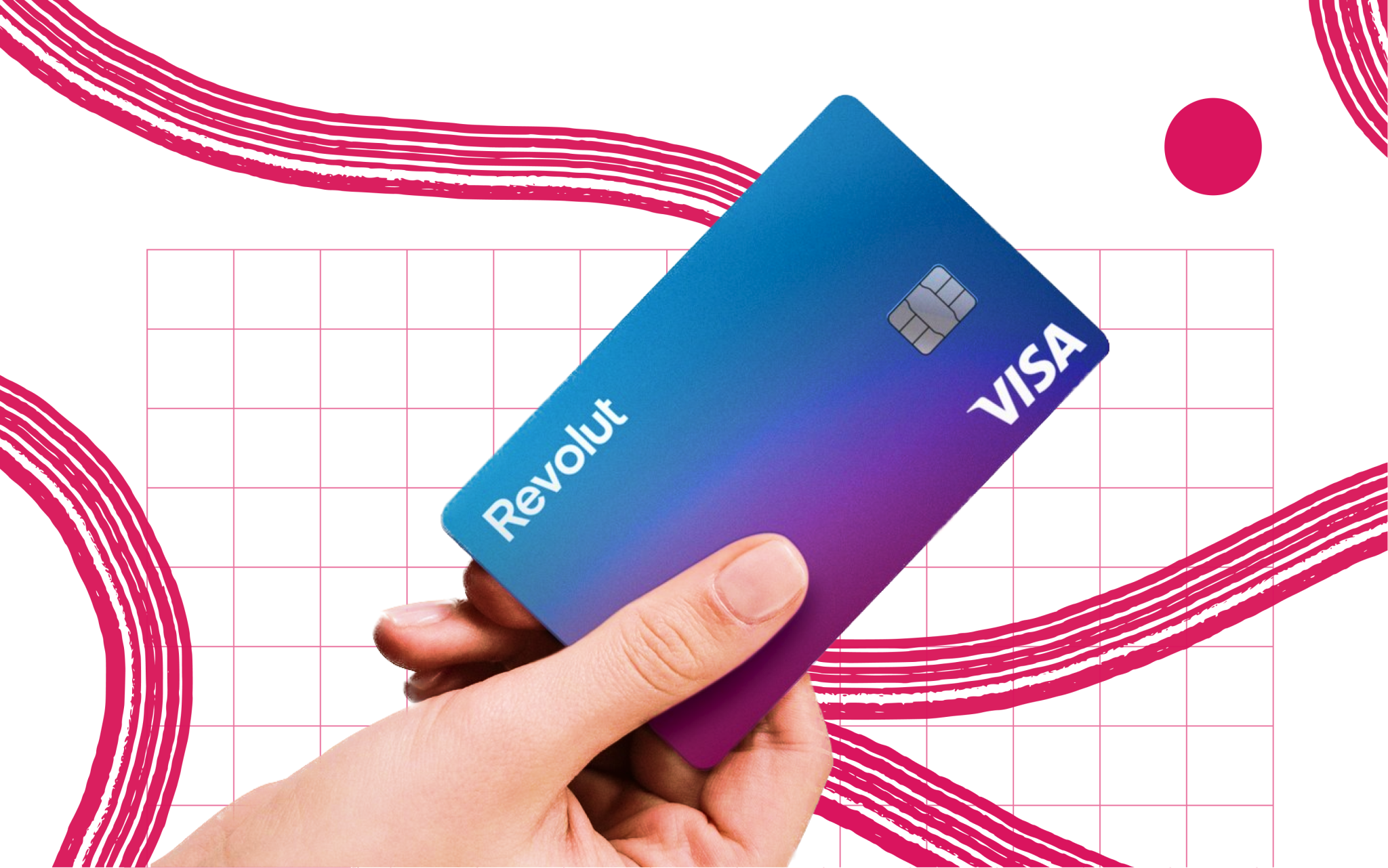Neobanks are Europe’s greatest fintech export. These category-defining startups from the UK and Europe have spread out all around the world and spawned legions of copycats.
But in the US, the world’s biggest market, success has not come quickly or easily for the likes of Monzo, Revolut, Curve and N26.
Sifted spent the past week chatting to key people involved in these four neobanks’ expansion efforts to get a sense of how the race for the US market is shaping up.
Here is the latest:
Revolut
Revolut in March applied for a bank charter to roll out a full suite of products in all 50 states. Currently, it relies on the permissions of a local partner bank, and as of late March it had amassed 200k retail customers in the US.
Two people close to Revolut told Sifted the startup’s international expansion strategy is “dependent on them getting banking licences in the markets where they operate”.
This is consistent with news from a few weeks ago that Revolut has pulled out of Canada — a year-and-a-half after launching in beta there. The same sources told Sifted the decision was made because the startup “didn’t see a path to getting a banking licence” in Canada and speculated that this may have been due to the persuasive powers of Canada’s big bank oligopoly.
Another person with knowledge of the situation said the startup had hoped to bring Canada “the full Revolut service but that is not possible at the moment”.
By all accounts, Revolut hopes to return to the market – but that may require a change in attitude from local regulators.
Curve
Curve is yet to launch in North America but has a team on the ground and has established “all the technical partnerships” needed to get the thing off the ground, according to US head of product Dan Poswolsky.
Poswolsky reckons Curve is better placed than its European rivals to hit the ground running in the US because it has tailored the product to suit Americans. So how will it be different?
He said Curve will double down on its “all your cards in one” and cashback features, but the big difference seems to be point-of-sale loans. US customers will be able to get a loan from Curve to fund purchases directly at the point of sale — effectively a Buy Now Pay Later tool.
“In the US, Curve Credit is going to be embedded into the user experience. So every customer will have the opportunity to use Curve Credit,” Poswolsky said.
Curve will draw on funding lines from institutional investors to finance these loans.
The startup is planning to launch in the US in beta mode later this year. It has struck a partnership with an unnamed bank to allow it to facilitate payments, and in the future will be seeking Money Transmitter Licences at the state level.
N26
N26 is winning the race for the US at the moment. The Berlin-based startup had amassed 500,000 customers as of August 2020 and has a team of around 60 people on the ground in New York, which it plans to grow by 75%.
The big difference in N26’s approach, relative to its European rivals, is that the startup is not currently applying for a banking licence in the US. Instead, the company appears to be comfortable continuing to work through Axos Bank, a San Diego-based bank regulated by the Office of the Comptroller of the Currency (OCC).
“They issue the debit cards and bank accounts on our behalf, so technically every N26 customer is actually an Axos Bank customer, and we’re providing the back-end technology and front-end app experience for the customer as a service provider of Axos,” Stephanie Balint, interim general manager in the US, told Sifted.
While Balint wouldn’t rule out applying for a bank charter at some point, N26 has clearly decided – much in the way it did in Europe – to focus on growth in the short-term.
“You have to think about the trade-offs between investing time and resources into chartering versus investing time and resources into building out your product and building something for your customers, and being able to grow and serve your customer base,” Balint added.
The growth that N26 has achieved so far in the US has come despite the absence of a chief executive in the market since June of last year, when Nicolas Kopp left the business to launch his own startup. N26 announced Kopp’s departure in March 2020. Yet over a year later, it still hasn’t found a replacement
“We are looking for the right person for the job. I think as you can imagine with Covid last year… we had different things that we had to worry about,” said Balint.
Monzo
Monzo kicked off a soft launch in the US market in June 2019. Progress has been slow since then. A person close to the startup told Sifted that the app is still in beta mode. Getting beyond that point appears to be contingent on the firm’s regulatory status. Like Revolut, Monzo applied for a US bank charter – back in April of last year.
The startup recruited a new US CEO, Carol Nelson, in February. She is currently leading a team of 10 people in the US, according to another person with knowledge of the situation.
That same person said Monzo is deploying a strategy in the US that is similar to that used in the UK back in 2015, when the bank was just getting started. The product will be tailored to the US market, the person added, while retaining core features like instant spending notifications and pots.
At the height of the pandemic in April 2020, Monzo shuttered its Las Vegas office and let go the 165 employees who were based there. But this office had been focused on providing overnight support to UK customers, and does not appear to have slowed the US push.


